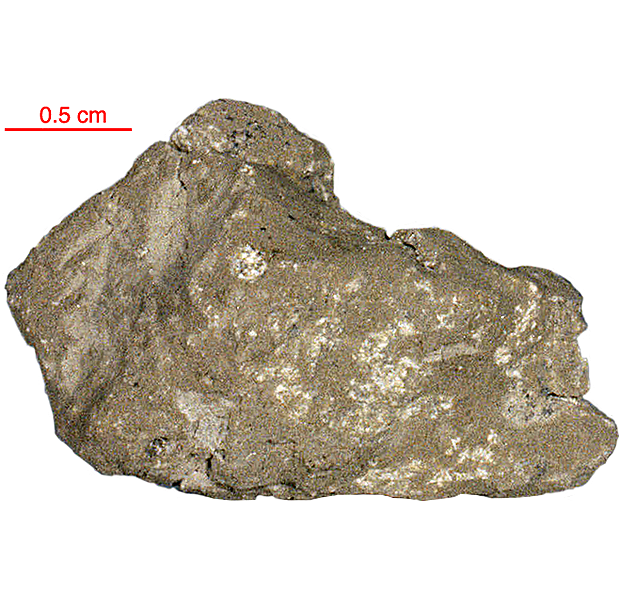
Fact sheet
15379 and 15380 were collected as part of a rake sample. They have similar mode, texture and shock features and may be companion pieces. 15380 is a fine-grained mare basalt containing about 20% stubby-angular and partly “hollow” plagioclase, abundant brownish pyroxene, and at least some olivine and ilmenite. Plagioclase is milky, but not maskelynite. Both plagioclase and pyroxene have deformed twinning. Veins of dark glass, containing bubbles, crosscut the sample and show evidence of flow. Brown-green glass containing many inclusions is also present in our thin section. Other accessories include troilite and metallic iron.
The sample weighed 64.3 grams before analysis. It has not been dated.
Further details of this and other Apollo samples are here: http://curator.jsc.nasa.gov/lunar/
The Apollo 15 landing site was in the Apennine Highlands, and close to Hadley Rille — a long, narrow winding valley. Approximately 76 kg of lunar material, including soil, rock, core-tube and deep-core samples, were returned to Earth.
This mission was the first flight of the Lunar Roving Vehicle which allowed the astronauts to venture further from the Lunar Module than in previous missions. During three periods of extravehicular activity, or EVA, on July 31st, and August 1st and 2nd, Scott and Irwin completed a record 18 hours, 37 minutes of exploration, travelling 17.5 miles, in the first car that humans had ever driven on the Moon.
Apollo 15 was launched on 26 July 1971.






